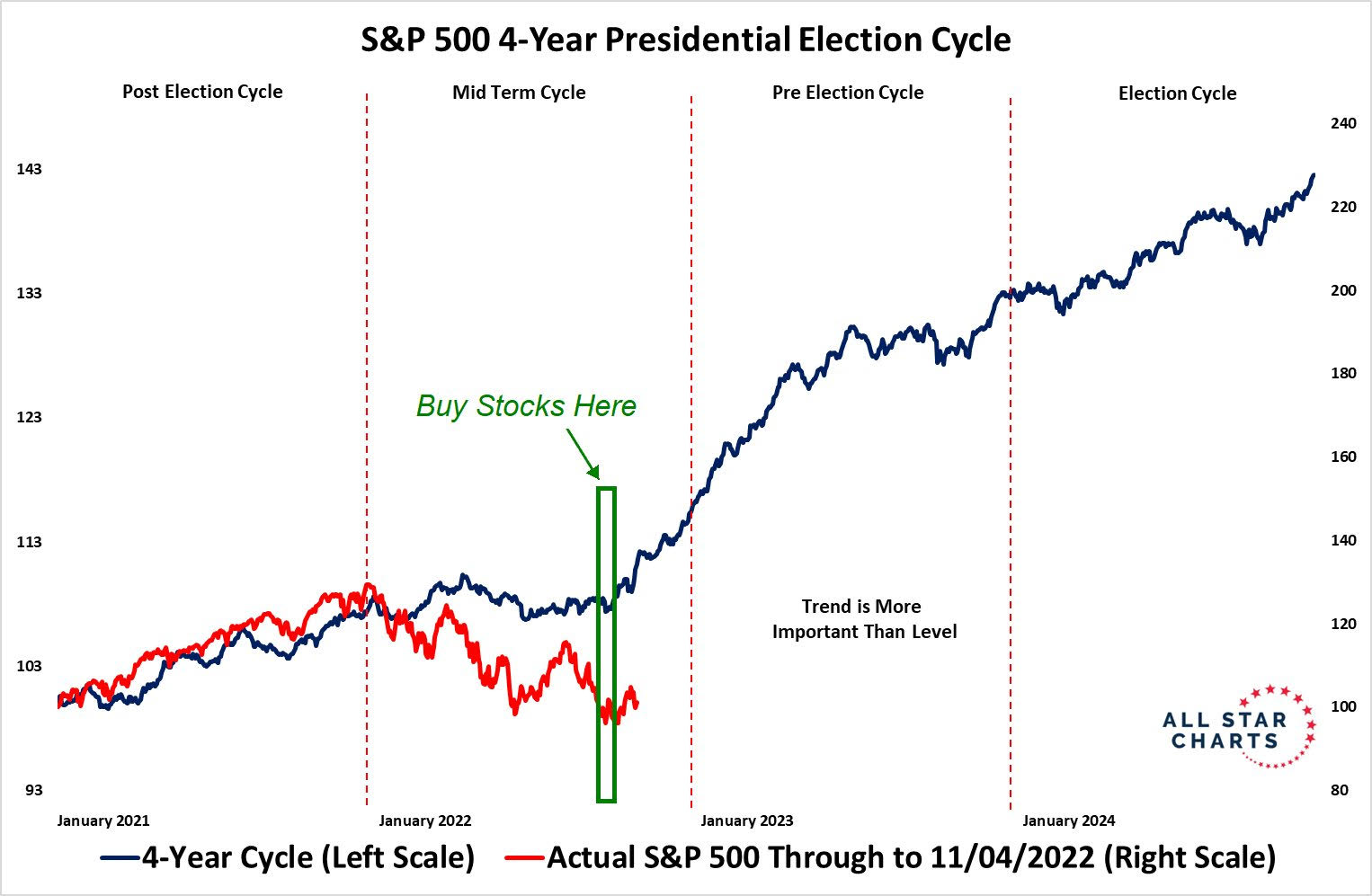My mid-week morning train WFH reads:
• How Jack Welch’s Reign at G.E. Gave Us Elon Musk’s Twitter Feed: The onetime ‘manager of the century’ paved the way for C.E.O.s to moonlight as internet trolls. (New York Times)
• Why Elon Musk’s Quest to Revive Twitter Is Likely to Fail: Musk’s strategy at Twitter might work at a startup, but Twitter is a mature company in an extremely competitive market, with little prospects for growth. (Wall Street Journal) see also Twitter, cut in half: More than anything they were struck by the fact that the world’s richest man, who seems to revel in attention on the platform they had made for him, had not once deigned to speak to them. (Platformer)
• How Do the Wealthy Invest? Wealthy households are exceptional, but younger wealthy households are even more exceptional in how they got wealthy. You can see this clearly in the data. Having $3 million in net worth (excluding home equity) would put you in the top 7% among 55-59 year olds, but near the top 0.1% among 25-29 year olds. (Of Dollars And Data)
• Seizing a Russian Superyacht Is Much More Complicated Than You Think: Those floating Xanadus cost millions of dollars a year to maintain. Some of that money is coming from US and European taxpayers (Businessweek)
• Apple Built Its Empire With China. Now Its Foundation Is Showing Cracks: Lawmakers’ objections to an obscure Chinese semiconductor company and tough Covid-19 restrictions are hurting Apple’s ability to make new iPhones in China. (New York Times)
• How mixed-race neighborhoods quietly became the norm in the U.S. Deep in the bowels of the nation’s 2020 Census lurks a quiet milestone: For the first time in modern American history, most White people live in mixed-race neighborhoods. This marks a tectonic shift from just a generation ago. Back in 1990, 78% of White people lived in predominantly White neighborhoods, where at least 4 of every 5 people were also White. In the 2020 Census, that’s plunged to 44%. (Washington Post)
• They made a material that doesn’t exist on Earth. That’s only the start of the story. Material found in meteorites is a combination of two base metals, nickel and iron, which were cooled over millions of years as meteors tumbled through space. That process created a unique compound with a particular set of characteristics that make it ideal for use in the high-end permanent magnets that are an essential component of a vast range of advanced machines. (NPR)
• Inside the Underground Market for Fake Amazon Reviews: Seedy scam networks are using social media to organize campaigns that influence product ratings. They’re a headache for shoppers—and tough to crack down on. (Wired) see also Spam: America in a can: Everything you need to know about Spam in five minutes or less, including how it became such a global success. (Quartz)
• Ron DeSantis Has Moved Florida From Purple to Red: The Republican governor’s landslide victory shows he will be a formidable rival to Donald Trump. (Bloomberg)
• How The Golden State Warriors Became Kings Of The NBA: The Golden State Warriors are kings of the NBA. No, I’m not talking about them winning four of the last eight NBA Championships or even their ridiculous 73-9 regular season record in 2015-16. I’m talking about their fast-rising valuation. (Huddle Up)
Be sure to check out our Masters in Business interview this weekend with financial historian Edward Chancellor. He is currently a columnist for Reuters Breakingviews and an occasional contributor to the Wall Street Journal and MoneyWeek. In 2008, he received the George Polk Award for financial reporting. Chancellor is the author of “Devil Take the Hindmost: A History of Financial Speculation.” His new book “The Price of Time: The Real Story of Interest” is a nominee for FT’s 2022 Business Book of the Year.
The Sweet Spot For Markets

Source: All Star Charts
Sign up for our reads-only mailing list here.

